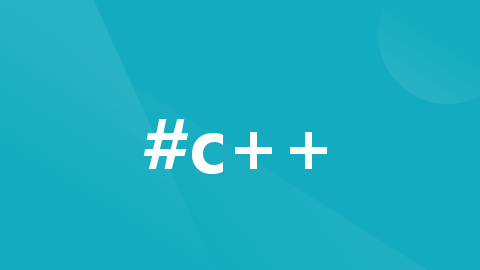计算机猜数解答
人和计算机做猜数游戏。人默想一个四位数,由计算机来猜。计算机将所猜的数显示到屏幕上,并问两个问题:一、有几个数字猜对了;二、猜对的数字中有几个位置也对了。人通过键盘来回答这两个问题。计算机一次又一次地猜,直到猜对为止。为了简化输入输出,计算机每次输出一个四位数,然后人输入两个用空格分开的数,分别表示有几个数字猜对,有几个数字位置也对。右图是某次猜数过程:人默想的数是3422,奇数行是计
人和计算机做猜数游戏。人默想一个四位数,由计算机来猜。计算机将所猜的数显示到屏幕上,并问两个问题:一、有几个数字猜对了;二、猜对的数字中有几个位置也对了。人通过键盘来回答这两个问题。计算机一次又一次地猜,直到猜对为止。
请你写一个这样的猜数程序,看看你所想的数能在几次后被程序猜中。如果在猜数过程中,计算机发现人故意欺骗,输入了不正确的信息,那么程序将输出0然后直接退出。
|
6897
0 0
5555
0 0
4444
1 1
4333
2 0
3422
4 4
|
#include <iostream>
#include <string>
#include <list>
#include <cmath>
#include <ctime>
#include <limits>
using namespace std;
list<string> numList;
void Initialize();
string RanddomNum();
int CountN(const string &guess, const string &str);
int CountP(const string &guess, const string &str);
string GetNextGuess();
int main()
{
Initialize(); // 初始化
string guess = "6789";//RanddomNum(); // 第1回合随机猜数
int n, p; // 分别表示有几个数字猜对,有几个数字位置也对
while (1)
{
cout << guess << endl;
cin >> n >> p;
if (n == 4 && p == 4) // 猜中
break;
for (list<string>::iterator it = numList.begin();
it != numList.end();)
{
if (CountN(guess, *it) != n) // 如果没有n个数字对
{
it = numList.erase(it); // 不可能是被猜数,筛掉
continue;
}
if (CountP(guess, *it) != p) // 如果没有p个数字位置对
{
it = numList.erase(it); // 不可能是被猜数,筛掉
continue;
}
++it;
}
if (numList.empty()) // 没有候选数了,人欺骗计算机
{
cout << 0 << endl;
break;
}
guess = GetNextGuess();
}
return 0;
}
void Initialize()
{
char buf[5] = {0};
for (int i = '1'; i <= '9'; i++)
for (int j = '0'; j <= '9'; j++)
for (int k = '0'; k <= '9'; k++)
for (int l = '0'; l <= '9'; l++)
{
buf[0] = i;
buf[1] = j;
buf[2] = k;
buf[3] = l;
numList.push_back(buf);
}
}
string RanddomNum()
{
srand(time(NULL));
int i = rand() % 9000 + 1000;
char buf[5] = {0};
sprintf(buf, "%d", i);
return buf;
}
int CountN(const string &guess, const string &num)
{
string s = num; // 复制num,用于下面避免重复匹配的操作
int count = 0;
for (int i = 0; i < 4; i++) // 对guess中每一个数字
{
string::size_type pos = s.find(guess[i]);
if (pos != string::npos)
{
count++;
s[pos] = 'x'; // 为避免重复匹配,将它替换为字符’x’
}
}
return count;
}
int CountP(const string &guess, const string &str)
{
int count = 0;
for (int i = 0; i < 4; i++)
count += (guess[i] == str[i]);
return count;
}
string GetNextGuess()
{
int min = numeric_limits<int>::max();
string guess; // 猜这个数
for (list<string>::iterator it = numList.begin();
it != numList.end(); ++it)
{
int a[5][5] = {0};
for (list<string>::iterator it2 = numList.begin();
it2 != numList.end(); ++it2)
{
int x = CountN(*it, *it2);
if (x == 0)
a[0][0]++; // 如果n=0,p一定=0
else
a[x][CountP(*it, *it2)]++;
}
int sum = 0;
for (int i = 0; i < 5; i++)
for (int j = 0; j <=i; j++) // 位置对的数字个数不会超过猜对的数字个数
sum += a[i][j] * a[i][j];
if (sum < min)
{
sum = min;
guess = *it;
}
}
return guess;
}
更多推荐
 已为社区贡献1642条内容
已为社区贡献1642条内容








所有评论(0)